(12 Nov. 1966) — Astronaut James A. Lovell Is Photographed Inside His Gemini Spacecraft During The

(12 Nov. 1966) — Astronaut James A. Lovell is photographed inside his Gemini spacecraft during the Gemini-12 mission. Astronaut Edwin Aldrin is seen in the background and to the left. Photo credit: NASA
More Posts from Space-m17-blog and Others
Sea Level Rise

For thousands of years, sea level has remained relatively stable. But now, Earth’s seas are rising. Since the beginning of the 20th century, they have risen about eight inches, and more than two inches in the last 20 years alone!

As water warms, it expands and takes up more space. That means that when oceans warm, the sea level rises. This summer, we’ve been researching exactly how global warming has impacted Greenland’s ice sheet. Our ICESat-2 mission will use a laser to measure the height of the planet’s surface. Over time, we will be able to provide a record of elevation change, and estimate how much water has melted into the ocean from land ice change.
So how much ice are we actually losing? Great question, but the answer might shock you. In Greenland alone, 303 gigatons of ice was lost in 2014!

Since we know that ice is melting, we’re working to gain a better understanding of how much and how fast. We’re using everything from planes, probes and boats, to satellites and lasers to determine the impact of global warming on the Earth’s ice.

Follow along for updates and information: http://climate.nasa.gov/
Ever wonder about what lies between the stars? Learn all about the interstellar medium in this short video! Follow Evant Horizon for more astronomy posts!
The interstellar medium is the gas and dust between stars. Of its mass, this gas is composed of mainly hydrogen and helium with a touch of heavier elements. Highly dense regions of the ISM known as molecular clouds are directly responsible for the formation of stars.




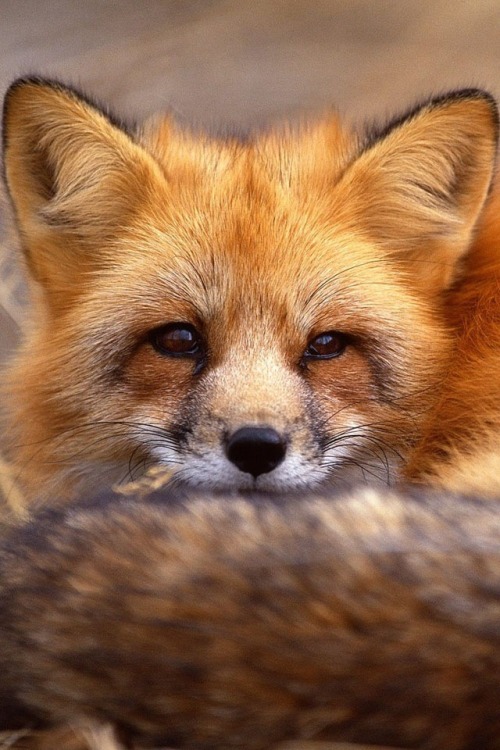
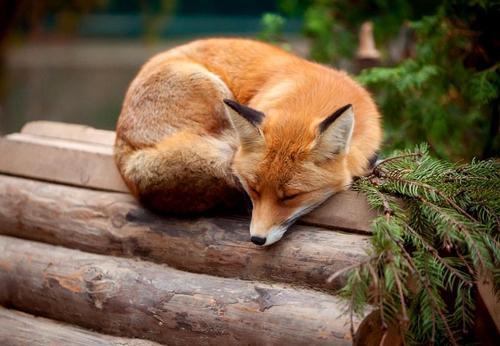
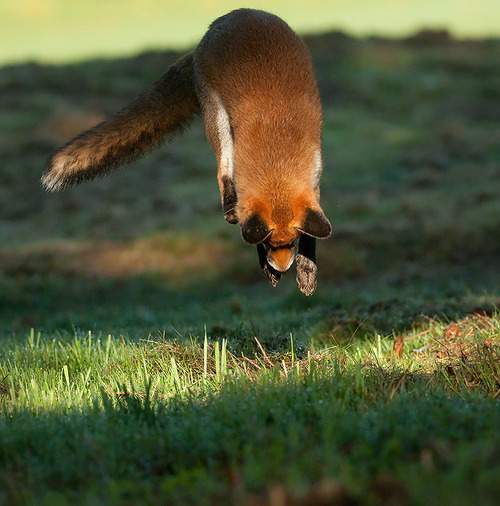
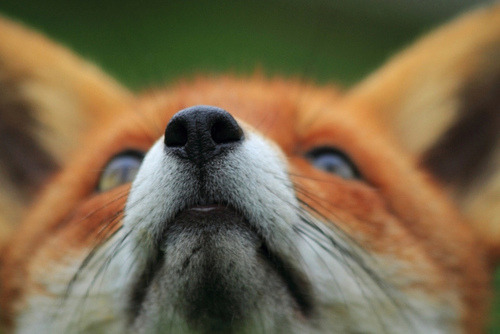
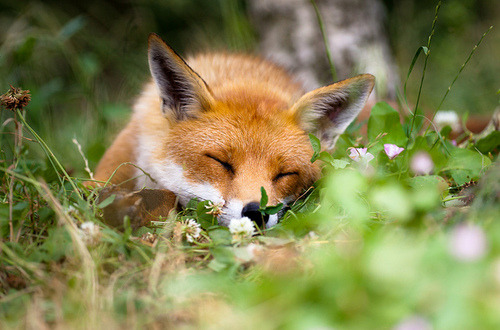
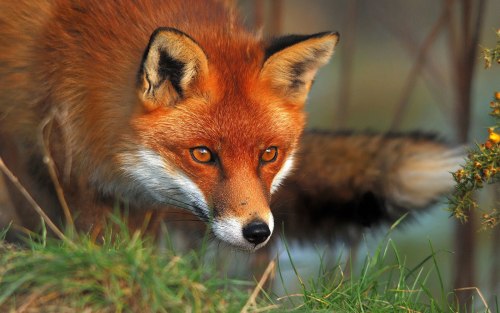
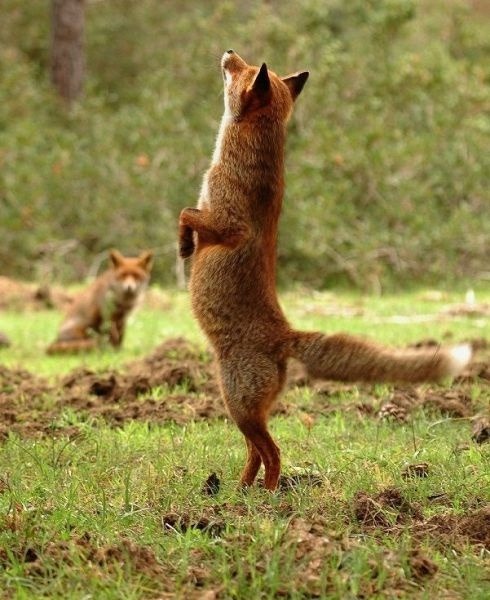
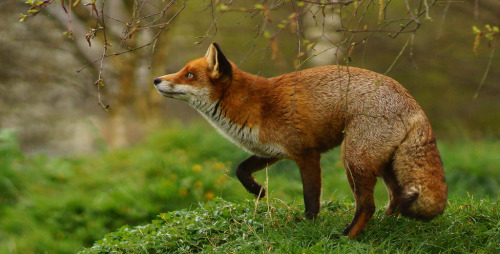
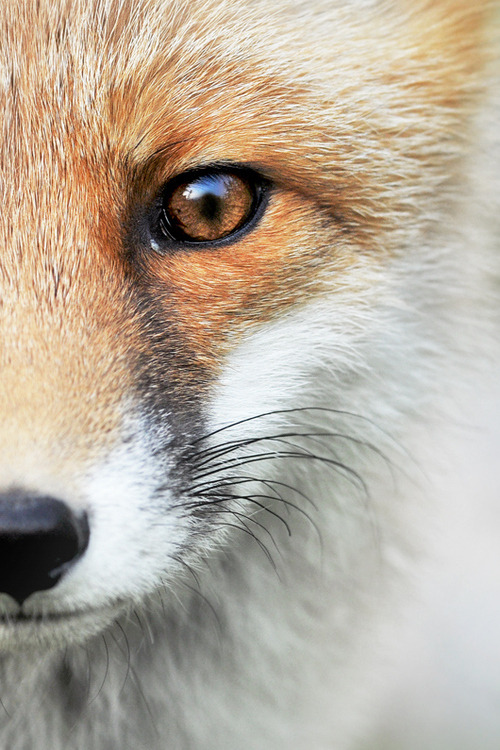

A photo of Saturn. Took by Cassini with COISS on January 07, 2012 at 23:20:38. Detail page on OPUS database.

The Laniakea Supercluster (Laniakea; also called Local Supercluster or Local SCl) is the galaxy supercluster that is home to the Milky Way, our galaxy, and therefore to the Solar System and the Earth.

Comet PanSTARRS and a Crescent Moon

The beautiful surface of Europa

Dust Band Around the Nucleus of “Black Eye Galaxy” M64
New video! Dark nebulae in a nutshell!
Follow Evanthorizon for more astronomy posts!
-
 ptsd-is-a-bitch liked this · 8 years ago
ptsd-is-a-bitch liked this · 8 years ago -
 edwhiteandblue liked this · 8 years ago
edwhiteandblue liked this · 8 years ago -
 latenightmechanics reblogged this · 8 years ago
latenightmechanics reblogged this · 8 years ago -
 b-182 liked this · 9 years ago
b-182 liked this · 9 years ago -
 brother-mud reblogged this · 9 years ago
brother-mud reblogged this · 9 years ago -
 magua647 liked this · 9 years ago
magua647 liked this · 9 years ago -
 latenightalaska reblogged this · 9 years ago
latenightalaska reblogged this · 9 years ago -
 radkingsquid reblogged this · 9 years ago
radkingsquid reblogged this · 9 years ago -
 melancholyandpuppies reblogged this · 9 years ago
melancholyandpuppies reblogged this · 9 years ago -
 ctn-nope reblogged this · 9 years ago
ctn-nope reblogged this · 9 years ago -
 eggstronomy liked this · 9 years ago
eggstronomy liked this · 9 years ago -
 diaryofadamngirl liked this · 9 years ago
diaryofadamngirl liked this · 9 years ago -
 ksyu1 reblogged this · 9 years ago
ksyu1 reblogged this · 9 years ago -
 interesting-mix reblogged this · 9 years ago
interesting-mix reblogged this · 9 years ago -
 jdr1966 liked this · 9 years ago
jdr1966 liked this · 9 years ago -
 lilmissbaam liked this · 9 years ago
lilmissbaam liked this · 9 years ago -
 lilmissbaam reblogged this · 9 years ago
lilmissbaam reblogged this · 9 years ago -
 fluffyhoodieoce liked this · 9 years ago
fluffyhoodieoce liked this · 9 years ago -
 space-m17-blog reblogged this · 9 years ago
space-m17-blog reblogged this · 9 years ago -
 paradoxfox-blog liked this · 9 years ago
paradoxfox-blog liked this · 9 years ago -
 sleepingoutofapathy reblogged this · 9 years ago
sleepingoutofapathy reblogged this · 9 years ago -
 mellow-vibe reblogged this · 9 years ago
mellow-vibe reblogged this · 9 years ago -
 astronomyandastrophotography reblogged this · 9 years ago
astronomyandastrophotography reblogged this · 9 years ago -
 donutmastersworld reblogged this · 9 years ago
donutmastersworld reblogged this · 9 years ago -
 ovineaviation liked this · 9 years ago
ovineaviation liked this · 9 years ago -
 cochitojay liked this · 9 years ago
cochitojay liked this · 9 years ago -
 gracieminabox liked this · 9 years ago
gracieminabox liked this · 9 years ago -
 redcloud liked this · 9 years ago
redcloud liked this · 9 years ago -
 3mployeeofthemont4 liked this · 9 years ago
3mployeeofthemont4 liked this · 9 years ago -
 from-the-earth-to-the-moon13 reblogged this · 9 years ago
from-the-earth-to-the-moon13 reblogged this · 9 years ago
I love space. I've been to space camp in Huntsville Alabama and I am planning on going every summer. I look forward to be an astronaut for nasa on the sls that is planned to be launched 2018. And the manned mission 2030. So yeah I won't let anything get in my way.
138 posts